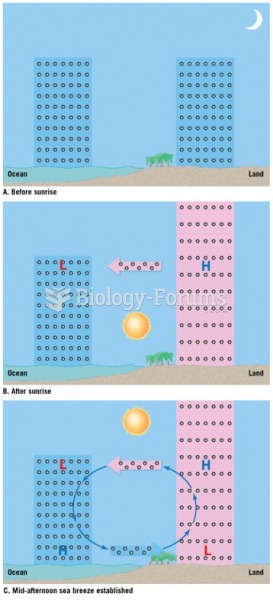Answer to Question 1
Because of the damaging effects of inflation, governments try to manage the supply of and demand for their currencies. They do this through the use of two types of policies designed to influence a nation's money supply. Monetary policy refers to activities that directly affect a nation's interest rates or money supply. Selling government securities reduces a nation's money supply because investors pay money to the government's treasury to acquire the securities. Conversely, when the government buys its own securities on the open market, cash is infused into the economy and the money supply increases.
Fiscal policy involves using taxes and government spending to influence the money supply indirectly. For example, to reduce the amount of money in the hands of consumers, governments increase taxespeople are forced to pay money to the government coffers. Conversely, lowering taxes increases the amount of money in the hands of consumers. Governments can also step up their own spending activities to increase the amount of money circulating in the economy or cut government spending to reduce it.
The Bretton Woods Agreement established the International Monetary Fund (IMF) as the agency to regulate the fixed exchange rates and enforce the rules of the international monetary system. At the time of its formation, the IMF had just 29 memberstoday 185 countries belong. Included among the main purposes of the IMF are:
Promoting international monetary cooperation.
Facilitating expansion and balanced growth of international trade.
Promoting exchange stability, maintaining orderly exchange arrangements, and avoiding competitive exchange devaluation.
Making the resources of the fund temporarily available to members.
Shortening the duration and lessening the degree of disequilibrium in the international balance of payments of member nations.
Answer to Question 2
C







